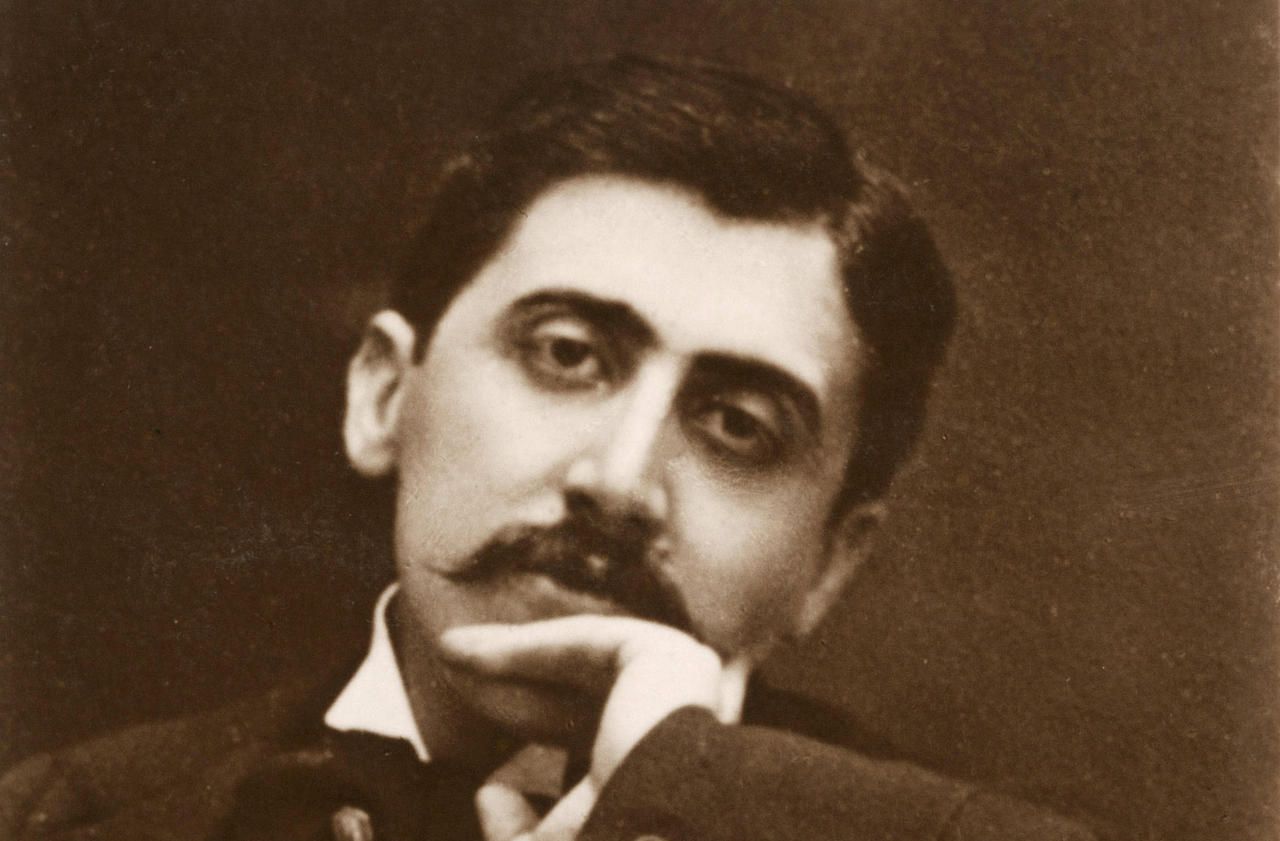“They're not just delivering the older version of
In Search of Lost Time
.
By the reading keys that the writer has forgotten there, they give access to the primitive Proustian crypt ”, estimated the Gallimard house which announced, this Friday, the publication on March 18, of a new unpublished by Marcel Proust, whose birth will be celebrated this year.
"The seventy-five leaves and other unpublished manuscripts" bring together writings dating from 1907 and 1908 and which show the foundations of his masterpiece "In search of lost time", promises the publisher who speaks of "a essential piece of the puzzle ”.
We go back to the genesis, therefore, of the author's major work, a romantic cycle that he had just started to write and which will be published from 1913 to 1927.
The famous madeleine was not one
We can detect scenes, characters that we will find in the work, mainly in his first volume, “Du cote de chez Swann”.
So it is with the grandmother in the garden, the evening kiss or the walks towards Méséglise and Guermantes.
Where we will still learn, we are told at Gallimard, that the famous madeleine was not originally ...
Other unpublished documents dating from 1895 to 1912 are attached to these sheets, from the Proust manuscript collection which belonged to the publisher Bernard de Fallois, who died in 2018. Seven boxes that he had bequeathed to the National Library of France .
Archives which had been entrusted to him, for many, by Suzy Mante-Proust, niece and heiress of the novelist.
The young de Fallois was then a doctoral student in letters, launched in a thesis on the author before "Research".
From this research will emerge "Proust before Proust", an essay published in 2019 posthumously.
Leaflets that have become legendary
It is to Bernard de Fallois that we owe the publication in 1952 under the title of "Jean Santeuil" of the first novel by young Marcel, abandoned in the 1890s, then two years later, in 1954, of critical notes on l art of the novel grouped under the title of "Against Sainte-Beuve".
In the preface to this work, de Fallois referred to "seventy-five leaves".
That was almost 70 years ago.
What had made of these texts a “Proustian Grail”, according to Gallimard.
"The seventy-five very large format sheets had become legendary," explains the publishing house.
From the collection of documents bequeathed by de Fallois had already been unearthed in 2019 nine unfinished novels gathered in “the Mysterious Correspondent and other unpublished news”, a work published by Editions de Fallois.
Early texts - Proust was then between 20 and 25 years old - rejected by the novelist himself when he published his first book in 1895, "Les Plaisirs et les Jours".
"There is no Proust before Proust"
"When we know the years that Proust spent making his sentences more and more complex, loading them with thought, humor and poetry, we suffer from being confronted with this material left raw on abandoned sites" , had then judged in the "World of Books" Jean-Yves Tadié, biographer of the novelist, who concluded thus: "There is no Proust before Proust, because he is a late genius, revealed at 42 years.
"
This same Jean-Yves Tadié signs this time the preface of “Seventy-five leaves”, the edition of which is established by Nathalie Mauriac-Dyer, research director at the CNRS and a great specialist in Proust's work, she is also the great-granddaughter of Robert Proust, brother of the novelist.
The work will be printed in 8,000 copies.









